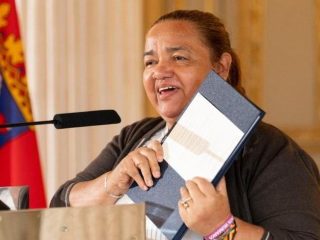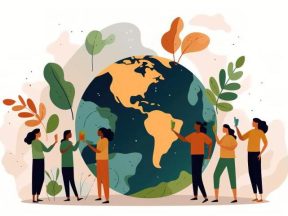Adiós, Francisco.
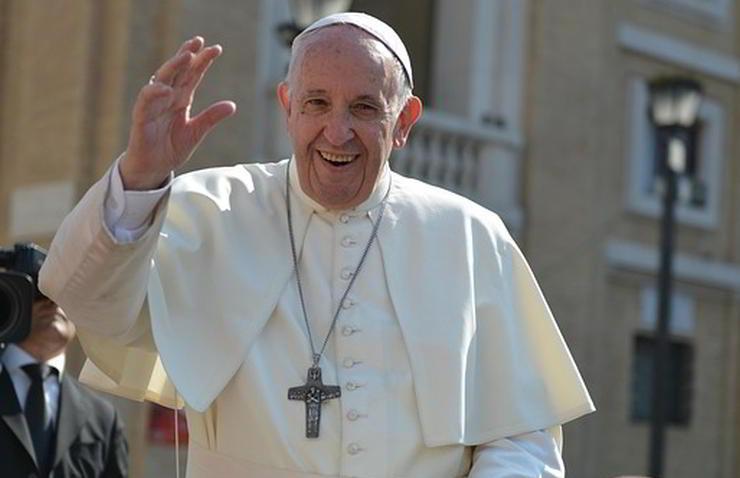
Poverty, peace, creation and mercy are the four pillars of the intense adventure of the first Pope, called “from the far side of the world”. Peripheries always at the centre. Preference for the poorest. An outgoing Church.
Starting from his choice of name, Bergoglio wants to give a clear indication of what his pontificate will be like: Francis is the man of poverty, the man of peace, the man who loves and protects creation. Mercy was then added to complete the four pastoral pillars of his teaching. Let us trace some important moments of these
twelve years of pontificate.
Journeys. On July 8, 2013, somewhat surprisingly, Francis began his travels, choosing an emblematic destination: Lampedusa in southern Italy. There had recently been yet another serious shipwreck that had caused dozens of deaths among migrants. It is thus clear that Bergoglio also intends to give this activity a stamp in line with his own pastoral priorities. Peripheries always at the centre. Preference for the poorest.
An outgoing Church.
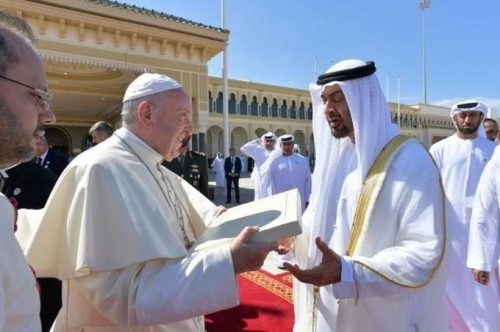
Pope Francis during his Apostolic Journey to the United Arab Emirates on February 3, 2019 (Vatican Media)
In Europe, for example, he will start with Albania and never touch large countries. Strasbourg and Marseille were not visits to France, but to the European Parliament and the Council of Europe in the first case and to the bishops of the Mediterranean gathered at a conference in the second (the peripheral Ajaccio, his last trip, was the shortest). In contrast, in other continents, he will preferably visit contexts and situations, rather than countries, with a particular eye on the underprivileged and on dialogue with other religions, Muslims first and foremost. Some of the trips will directly enter the history of the Pontificate. The one to Iraq, after the end of the devastation of ISIS, the trip to the Holy Land, the two stops in the Arabian Peninsula (Abu Dhabi and Qatar), the first ever of a Pontiff to that region, the visit to the UN, and also Japan and the overflight of China during the trip to South Korea. Francis never returned to Argentina, despite having travelled several times to Latin America. Among the trips, we must also remember the World Youth Days – WYDs. The one in Rio de Janeiro in 2013 was grandiose (his first trip abroad, a few months after his election), followed by those in Krakow 2016, Panama 2019 and Lisbon 2023.
The Pope visited ten African countries: Kenya, Uganda and the Central African Republic in 2015; Egypt in 2017; Morocco and then Mozambique, Madagascar and Mauritius in 2019; DR Congo and South Sudan in 2023. Congolese media, such as the station Radio Okapi, now remember him as a “friend” of the country. The images of the Pope’s arrival in the capital, Kinshasa, greeted by tens of thousands of people, are still fresh in the minds of many.
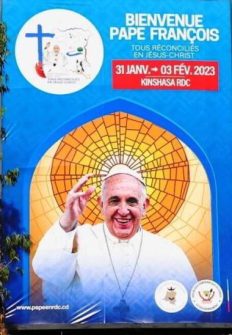
“Hands off the Democratic Republic of Congo, hands off Africa – the Pope’s cry at the time! -. Stop suffocating Africa: it is not a mine to be exploited or a land to be plundered. Let Africa be the protagonist of her own destiny! Let the world remember the catastrophes committed over the centuries to the detriment of the local population and not forget this country and this continent. Africa, the smile and the hope of the world, counts for more – Francis added -. Let it be spoken of more, let it have more weight and representation among the nations!”
During the same trip, the Holy Father also visited South Sudan. In the world’s youngest country, Francis made a direct appeal for peace and an end to tribalism to President Salva Kiir and Vice-President Riek Machar, the protagonists of the civil war that ravaged the country between 2013 and 2020 and who are still engaged in a power struggle that is the cause of constant instability and violence. “Future generations will venerate your names or erase your memory, depending on what you do now,” Francis warned the two leaders.
Consistory. His first Consistory for the appointment of new Cardinals took place on 22 February 2014. Pope Francis had in mind his own “geopolitics” of purple. He went to the peripheries and to churches that had never had a cardinal.
New words and gestures. His is a Pontificate of gestures, as well as speeches and documents, almost an encyclical written with body language, with unexpected encounters, with hugs for the sick, even the most seriously ill. His teaching and his preaching have the same style. The Pontiff uses a language of images (“Church on the move”, precisely, to speak of missionary work; “shepherds with the smell of sheep” to recommend priests to be close to the people of God; “Sunday Christians”, to stigmatise the distance between faith and life of certain practitioners, and several other typical expressions).
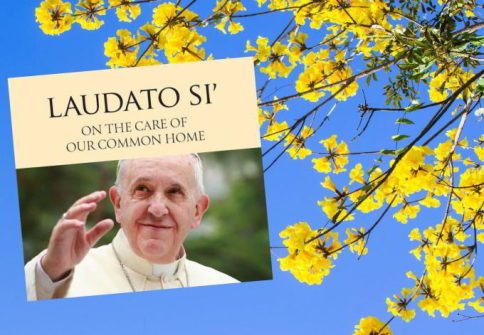
Documents. The exhortation Evangelii Gaudium, promulgated in November 2013, was a true programmatic document of his pontificate. Fundamental documents will be the social encyclical Laudato Si’, the first dedicated entirely to the protection of creation, with the innovative proposal of integral ecology (there are not many crises, but only one that includes them all) and then Fratelli Tutti, which is its ideal continuation, and of course Amoris Laetitia, on the question of communion for divorced and remarried people), the fruit of the two synods dedicated to the family between 2014 and 2015. His final encyclical is Dilexit Nos on the Sacred Heart.
The Jubilee of Mercy. The crescendo of the first years of his pontificate was reached by the surprising proclamation of the Extraordinary Holy Year of Mercy. The Jubilee is being celebrated with innovative methods. The Pope orders that holy doors be opened in all the dioceses of the world. And he himself anticipates its opening, set for December 8, 2015, by a few days, opening the holy door of the Cathedral of Notre-Dame of Bangui in the Central African Republic on November 29, during his first trip to Africa.
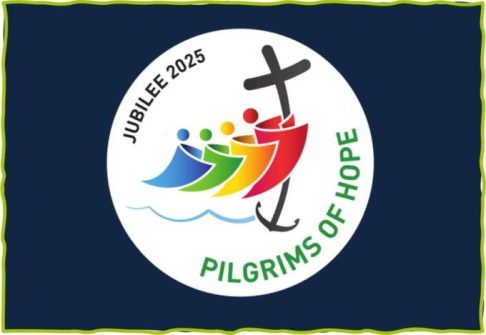
The Jubilee: Pilgrims of Hope. In December 2024, Pope Francis opened the “Holy Door” in St Peter’s Basilica. In the Bull of Indiction of the Ordinary Jubilee, Pope Francis writes: “SPES NON CONFUNDIT. “Hope does not disappoint” (Rom 5:5)…May the Jubilee be a moment of genuine, personal encounter with the Lord Jesus, the “door” (cf. Jn 10:7.9) of our salvation, whom the Church is charged to proclaim always, everywhere and to all as “our hope” (1 Tim 1:1).
Migrants, the poor and the Economics of Francis. Over the years, the Pope has explored many of the themes he had already stated at the beginning of his Pontificate. Attention to the poor and the least fortunate, also, for example, by an alternative way of doing economics. In fact, “Francis Economy” was born, a movement of young economists to change the rules that too often do not take sustainability into account, leave the poorest behind and do not respect the environment. The Pope also promotes some symbolic initiatives, such as the Synod for the Amazon, with a purpose that is not only pastoral, but also linked to the protection of the largest green lung in the world. Finally, the question of synodality emerges more and more as a way of living the Church and establishing a new contact with the world (the double synod of 2023 and 2024 would be dedicated to this theme). The Pope increasingly raises his voice in defence of migrants, asking for their welcome, protection, promotion and integration. And he makes two visits to Lesbos, the Greek island where there is one of the largest refugee camps in Europe.
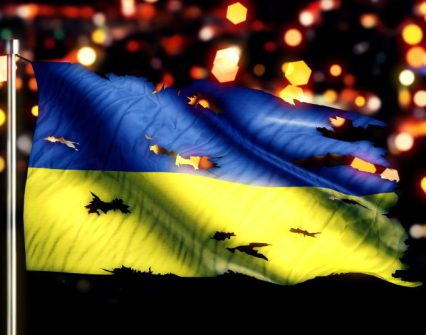
Since the invasion of the war in Ukraine and then with the hostilities in Gaza the Pope has insisted on calling for a halt to the violence. 123rf
Appeals for Peace. Since the invasion of the war in Ukraine (February 24, 2022) and then with the hostilities in Gaza (after the attack by Hamas on Israel on October 7, 2023), the Pontiff has increasingly insisted on calling for a halt to the violence, fearing the start of a third world war that will no longer be fought piecemeal. His was the unprecedented decision to personally go to the Russian embassy to the Holy See the day after the aggression in Kiev to try (in vain) to speak with Putin.
Of all the images, one in particular will remain in people’s hearts. It was the evening of March 27, 2020. He has climbed the stairs alone while the rain pours down on a deserted St. Peter’s Square and the sky is dark above the capital. The intense and evocative image of Pope Francis in prayer before imparting the special blessing Urbi et Orbi during the COVID pandemic. (Photo: Pixabay)
Mimmo Muolo/Avvenire-Francis Mutesa/Swm

